Bipartisan Infrastructure Law
An investment in our nation’s infrastructure to rebuild America’s roads and bridges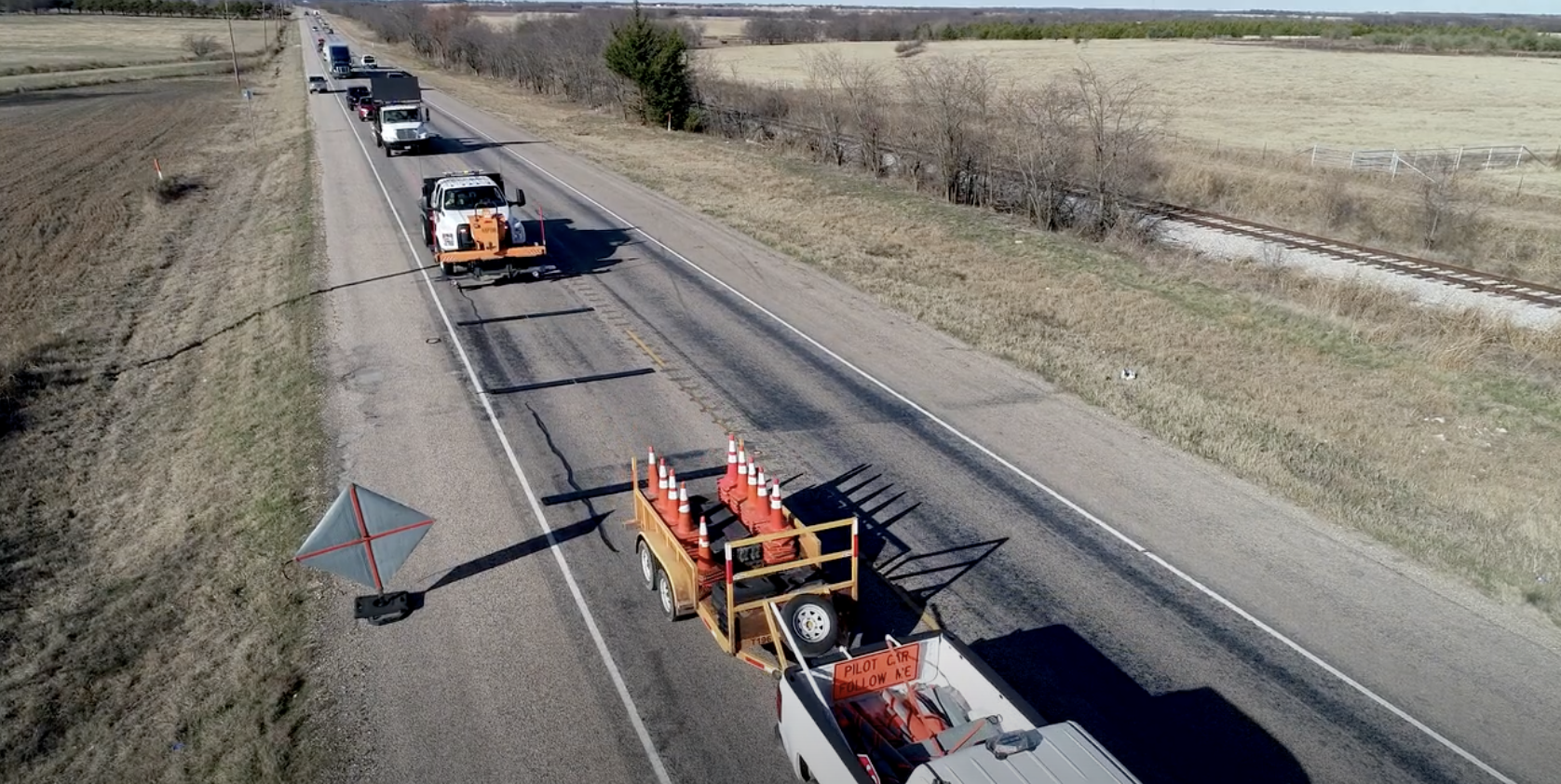
What You Need to Know
The Bipartisan Infrastructure Law (BIL) was signed by President Biden on November 15th, 2021 to serve as an investment into the nation’s infrastructure, competitiveness and communities. The BIL, also known as the “Infrastructure Investment and Jobs Act,” is unparalleled, becoming the largest long-term investment in infrastructure and economy in our nation’s history. Over fiscal years 2022 through 2026, $550 billion in new Federal investment will help rebuild America’s roads, bridges, mass transit, water infrastructure and rail systems to improve our supply chains, ease inflationary pressures and create well-paying union jobs.
In the United States, one in five miles, or 173,000 total miles, of our highways and major roads are in poor condition. This funding is going to make an impact by providing the resources to rehabilitate the roadways to make them safer for vulnerable road users. Vulnerable road users (VRUs) are defined as persons on the roadway without protection by an outside shield, such as pedestrians, bicyclists, and road workers. The BIL sets out to not only fund the repair of our roadways and bridges, but to protect the construction workers who will be implementing these improvements and the individuals who will be using the roads after them.
These funds will soon be made available to the States, requiring an accurate understanding of how to access these funds, apply for further grants and what projects the investment can go towards and we at PSS are here to help by providing you resources as funds are being distributed.
Contact Us
One in five miles, or 173,000 total miles, of our highways and major roads are in poor condition
$550 billion in new Federal investment will help rebuild America’s infrastructure to improve our supply chains, ease inflationary pressures and create well-paying union jobs
Due to an amendment in the BIL, States can receive 100% funding for highway safety improvement projects when combining HSIP support and funds reserved for transportation alternatives projects
In 2021, 60% of highway contractors reported crashes into their construction work zones

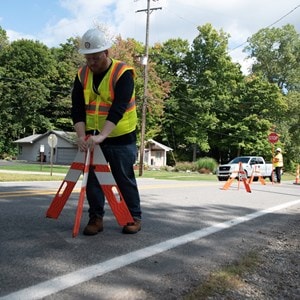
Safety contingency funding has been made available for states in need of additional dollars to address unforeseen safety concerns found during construction. Federal funds will cover 100 percent of saf...
Safety Contingency Funds
The new Safe Streets and Roads for All (SS4A) grant program will fund regional, local and Tribal initiatives in an effort to prevent roadway deaths and serious injuries. Action Plan Grants and Impleme...
Safe Streets and Roads for All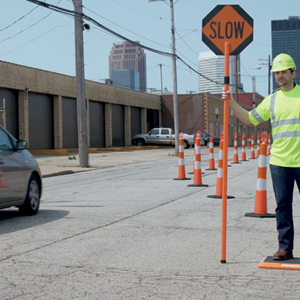
A new guidance on the eligibility and use of Federal-aid funds with the Highway Safety Improvement Program (HSIP) was released on February 2, 2022. The goal of the program is to reduce the number of r...
Memorandum on the Highway Safety Improvement Program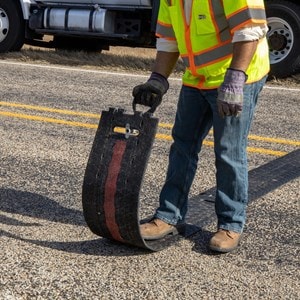
CFR Title 23, Section 120 of the Bipartisan Infrastructure Law (BIL) explains the continuation the Metropolitan Planning Program, which establishes a cooperative, continuous, and comprehensive framewo...
CFR Title 23, Section 120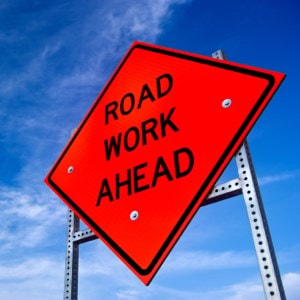
The Bipartisan Infrastructure Law, signed by President Biden at the end of 2021, will serve as an investment into the nation’s infrastructure, competitiveness and communities. $550 billion in new Fede...
What is BIL